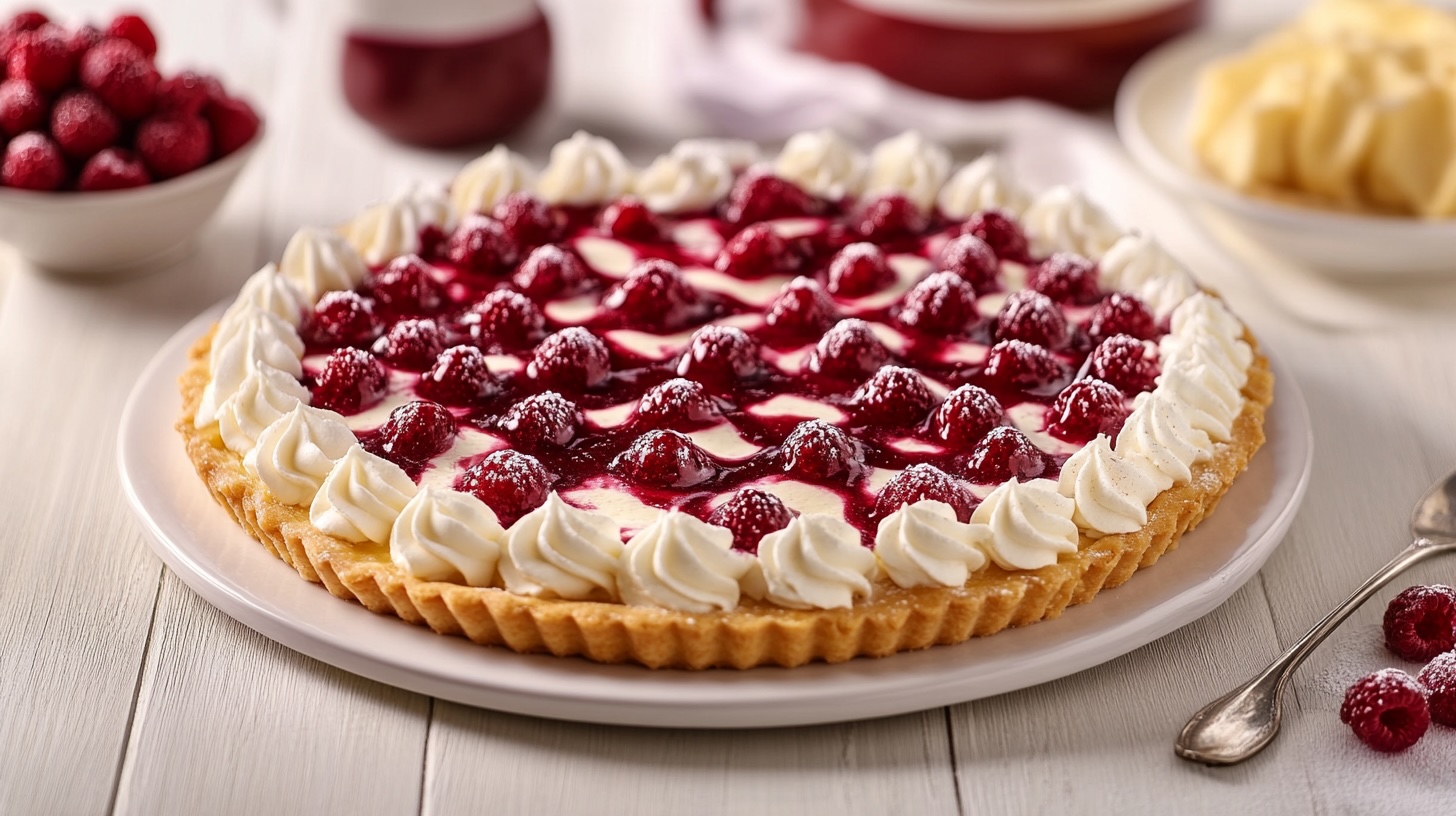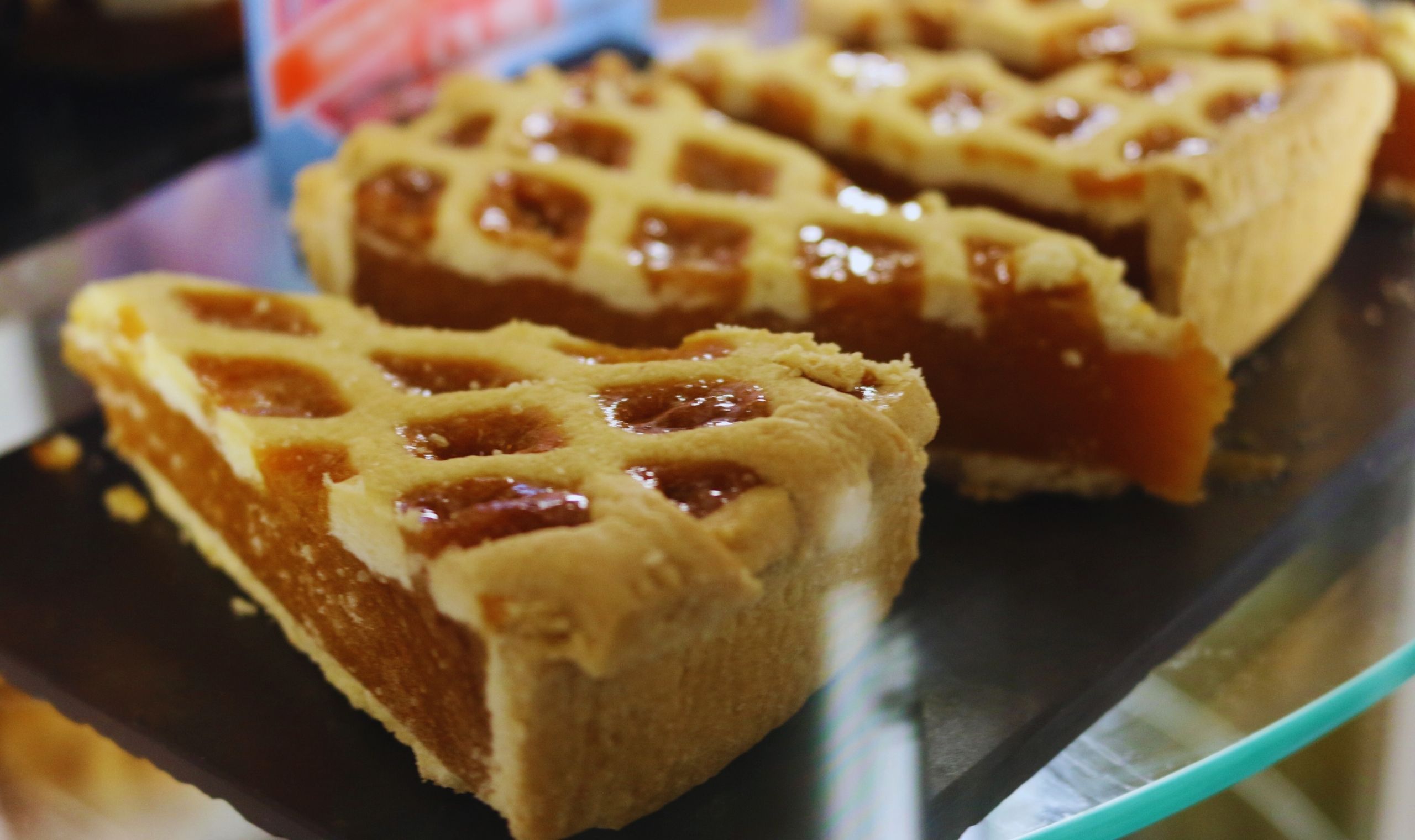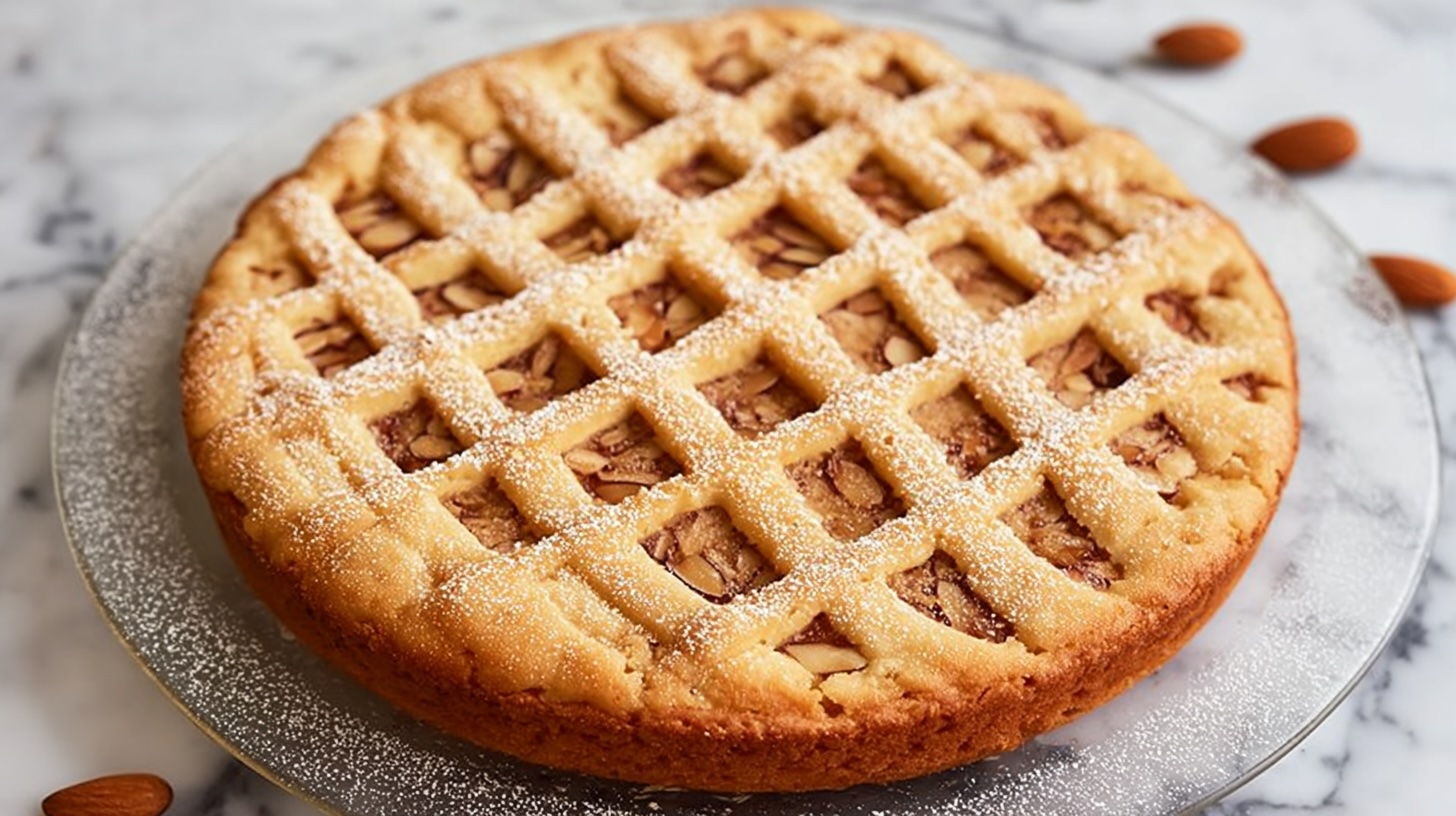Tarte aux Framboises: A Love Letter to Raspberry Tart
Oh, Tarte aux Framboises, the jewel of French patisserie. With its buttery crust, glossy fruit, and the perfect balance of sweet and tangy, it’s no wonder this dessert has stolen hearts (and taste buds) worldwide. Whether you’re a seasoned foodie or just someone with a sweet tooth, this tart has something irresistible for everyone. Let’s dive into the charm of this delightful creation, where it came from, how it’s evolved, and why it’s the dessert equivalent of that effortlessly chic Parisian friend we all secretly envy. Spoiler alert: it’s as delicious as it is stylish.
A Bite of History
Raspberry tarts trace their roots back to medieval France, where fruit-laden pastries were considered both practical and decadent. The tart as we know it today emerged during the Renaissance, a period when European nobility couldn’t get enough of buttery doughs and artful presentations. Bakers of the time began to experiment with seasonal fruits, and the Tarte aux Framboises quickly became a favourite due to its vibrant appearance and delightful flavour.
Raspberries, native to Europe and Asia, were a natural choice for French cooks. Their jewel-like quality and tart sweetness made them an ideal pairing with buttery shortcrust pastry. Over time, this humble dessert evolved into a symbol of French culinary sophistication, gracing the tables of kings and commoners alike. Today, it remains a beloved classic, celebrated for its simplicity and elegance.
Regional Twists and Turns
While the classic French version remains the gold standard, variations abound across regions and countries. In Alsace, the Tarte aux Framboises often comes with a custard filling, adding a creamy dimension to the tart. This version is particularly popular during the cooler months when something heartier is desired.
In the sunny south of France, Provencal bakers might enhance their tarts with a drizzle of lavender honey or a scattering of thyme. These herbal notes bring a unique depth of flavour, perfectly complementing the sweetness of the raspberries. Across the Channel in Britain, the raspberry tart is sometimes bolstered with a layer of frangipane. Almond and raspberry together? A match made in dessert heaven.
Even outside Europe, this dessert has found fans. American bakers often add a layer of chocolate to the crust, creating a decadent variation that’s hard to resist. Meanwhile, in Japan, you might find it adorned with edible flowers, elevating its aesthetic appeal even further.
Perfect Pairings: Drinks Edition
What should you sip alongside your Tarte aux Framboises? A crisp glass of Sauternes or a chilled Muscat wine is a classic choice, the sweetness playing beautifully with the tartness of the raspberries. If you’re feeling a bit more adventurous, consider a sparkling rosé or a dry Prosecco. The effervescence pairs wonderfully with the lightness of the tart.
For tea lovers, Earl Grey is a delightful option, with its bergamot notes complementing the tart’s fruity profile. Alternatively, a delicate jasmine tea or a robust Darjeeling can offer contrasting yet harmonious flavours. Coffee drinkers might enjoy a milky latte or a subtly flavoured macchiato alongside their slice.
Complementary Plates: Beyond Dessert
If you’re turning your Tarte aux Framboises into the centrepiece of a meal, you’ll need some supporting acts. A light goat cheese salad with a raspberry vinaigrette keeps the flavour theme going without stealing the spotlight. Adding toasted nuts to the salad—walnuts or pecans, for example—adds an extra layer of texture and flavour.
For the main course, consider something delicate like poached salmon with a dill and lemon sauce. The richness of the fish contrasts beautifully with the freshness of the tart. Herb-crusted chicken or a light quiche also make excellent pairings, creating a meal that feels balanced yet indulgent.
When it comes to cheese, go for creamy varieties like Brie or Camembert. Pair them with a fig or raspberry compote for an unforgettable finish. Add some crusty bread, and you’ve got yourself a cheese course that’s both simple and sophisticated.
The Unspoken Allure of Tarte aux Framboises
Let’s face it: part of the appeal of a Tarte aux Framboises is its Instagram-worthiness. That vibrant red, those perfectly arranged raspberries, the glossy glaze catching the light just so. It’s a dessert that practically begs to be admired before it’s devoured.
But behind its photogenic façade lies a taste that’s utterly timeless. The crisp, buttery crust, the sweet-tart burst of raspberries, and the delicate hint of glaze combine to create a flavour that’s both nostalgic and refreshingly modern. It’s proof that simple ingredients, when handled with care, can create something extraordinary.
Common Pitfalls and How to Avoid Them
Making a Tarte aux Framboises isn’t rocket science, but it does require a bit of finesse. Soggy bottoms are the bane of any tart maker, so always blind bake your crust. This step ensures the pastry stays crisp, providing a sturdy base for the filling.
Raspberries can be temperamental. Use fresh, firm ones when possible and handle them gently to avoid bruising or squishing. If you’re using frozen raspberries, thaw them completely and pat them dry before arranging them on the tart.
And don’t skimp on the glaze. It’s not just for shine; it locks in the freshness of the berries and adds a touch of sweetness. A simple mixture of warmed raspberry jam and a splash of water works perfectly.
Where to Find the Best Tarte aux Framboises
If you’re lucky enough to be in France, head to a local patisserie—even the tiniest village bakery will likely offer a stellar tart. In Paris, places like Pierre Hermé or Ladurée elevate the Tarte aux Framboises to high art, with raspberries so perfect they look almost unreal.
Outside of France, many artisan bakeries across Europe have embraced the tart, often with delightful regional twists. In New York, for example, you might find a version with a graham cracker crust, while in Tokyo, you’re likely to see one with matcha accents. Each variation brings something new to the table, but the essence of the Tarte aux Framboises remains unchanged.
The Recipe: Craft Your Own Masterpiece
Here’s how to make a classic Tarte aux Framboises at home. It’s simpler than you think, but don’t be surprised if people start treating you like a professional pastry chef afterward.
For the pastry:
- 200g plain flour
- 100g unsalted butter, chilled and cubed
- 50g icing sugar
- 1 egg yolk
- 2 tablespoons cold water
For the filling:
- 250g fresh raspberries
- 100g raspberry jam
- 1 tablespoon water
To make the pastry, rub the butter into the flour until it resembles breadcrumbs. Stir in the icing sugar, then add the egg yolk and water. Bring it together gently into a dough, wrap in cling film, and chill for 30 minutes. Roll out the pastry and line a 23cm tart tin. Prick the base with a fork, line with baking paper, and fill with baking beans. Blind bake at 180°C (160°C fan) for 15 minutes, then remove the paper and beans and bake for another 5-7 minutes until golden. Cool completely.
For the filling, heat the raspberry jam and water gently until smooth and liquid. Brush a thin layer over the pastry base. Arrange the raspberries in concentric circles, then brush them with the remaining glaze. Chill until set.
Serve your tart with a dollop of crème fraîche, a scoop of vanilla ice cream, or even a drizzle of melted white chocolate. Savour every bite, and bask in the glory of your culinary prowess—because you’ve just made a masterpiece.



